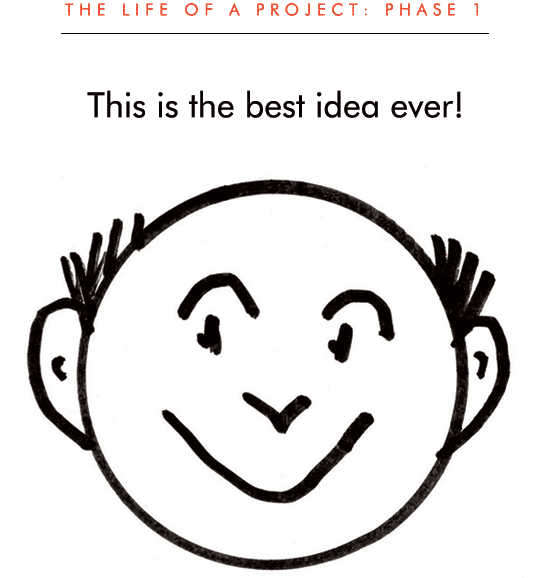NYC Subway Graphic Standards Manual
Becomes Kickstarter Sensation

More than four decades have gone by since acclaimed designers Massimo Vignelli and Bob Noorda of Unimark International were hired by the New York Transit Authority (now the MTA) to modernize and unify the look of the subway signage, which by Noorda’s own account “was a mess.” Cluttered with varied typefaces of different sizes and rendered on different materials from mosaic tile to a paper sign stuck to the wall, the old signage system confused more than aided travelers. In its place, Vignelli and Noorda developed a cohesive subway wayfinding system designed to promote intuitive understanding — so much so that they promised: “The passenger will be given information or directions only at the point of decision. Never before. Never after.” It did all that and more. The New York Transit Authority’s wayfinding system is still considered a masterpiece of clarity, logic, consistency, and elegant modernist design.
The accompanying 174-page Graphic Standards Manual was as brilliantly written and produced by Vignelli and Noorda. One day in 2013, two young designers at Pentagram – Jesse Reed and Hamish Smyth – stumbled upon an original copy of the manual in the basement of Pentagram’s New York office. The pair found the manual so awesome that they wanted to share it with friends, so they created a dedicated website (thestandardsmanual.com) and posted scanned pages online. The site instantly went viral. Within 72 hours, more than a quarter million people visited the site. Although delighted, Reed and Smyth felt strongly that an on-screen viewing didn’t do justice to the beauty of the real Standards Manual. To truly appreciate it, they felt people should see it full size in print, and they set out to produce a book with an introduction by Vignelli protege and Pentagram partner Michael Bierut and an essay by New York Magazine’s Christopher Bonanos, author of “Instant: The Story of Polaroid”.



